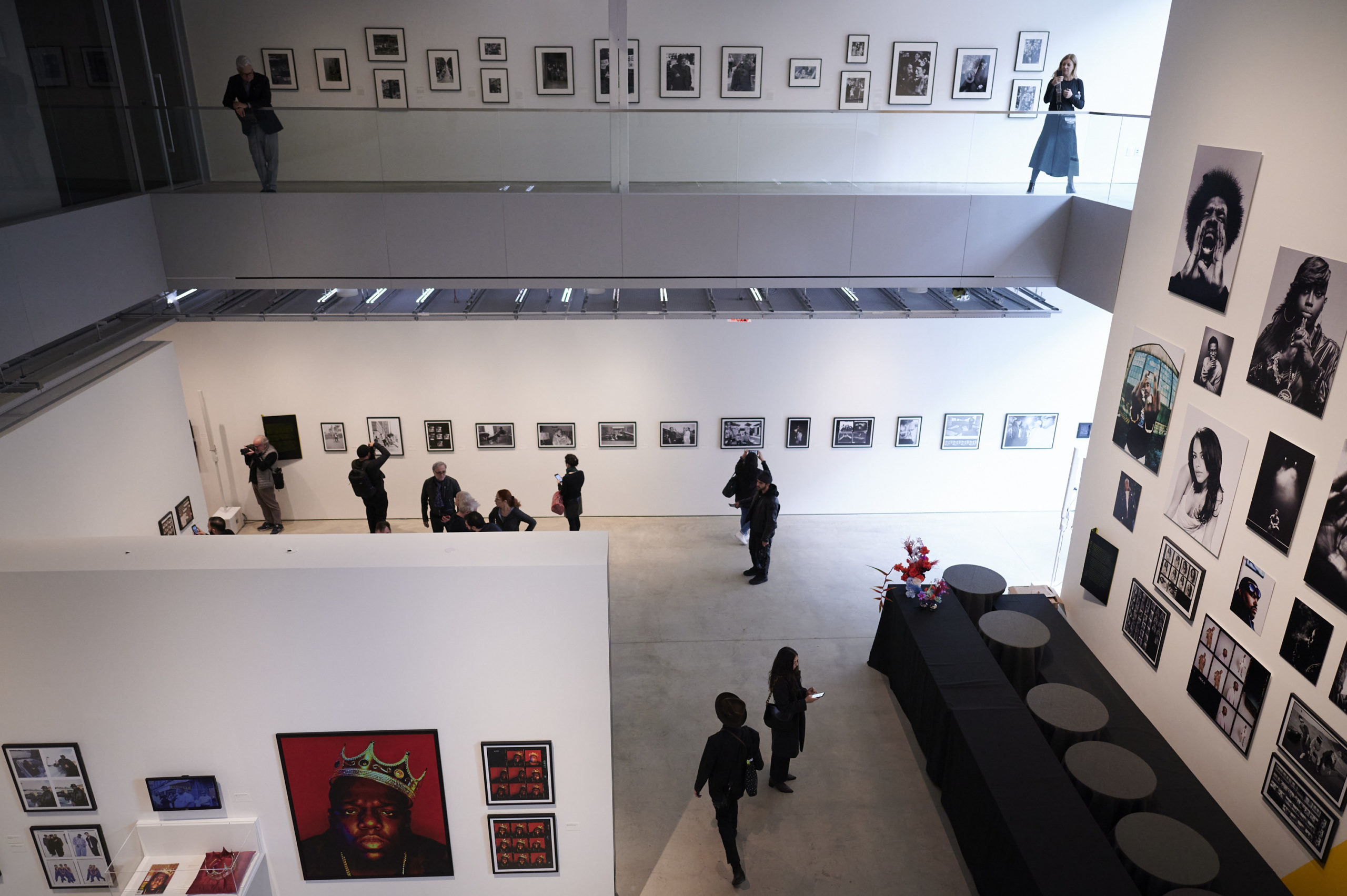Last Updated on 01/25/2020 by Mark Beckenbach
The International Center of Photography is back, big, and continues to strike a balance between the modern and the past.
The fact that New York City has two major brick and mortar foundations dedicated to the art of photography is genuinely incredible. With the reopening of the International Center of Photography (ICP) the photo industry is treated to the museum flexing its capabilities with some of the best new exhibits I’ve seen in a while at the Center. They do this by showcasing the work of photographers in significantly better ways than before. This is balanced with an atmosphere that begs to be shared by those who love photography via social media. ICP stands on its own in a much different way than Fotografiska New York. And in many ways, it feels a lot like a more modern, gentrified New York.
Table of Contents
The Exhibits at International Center of Photography
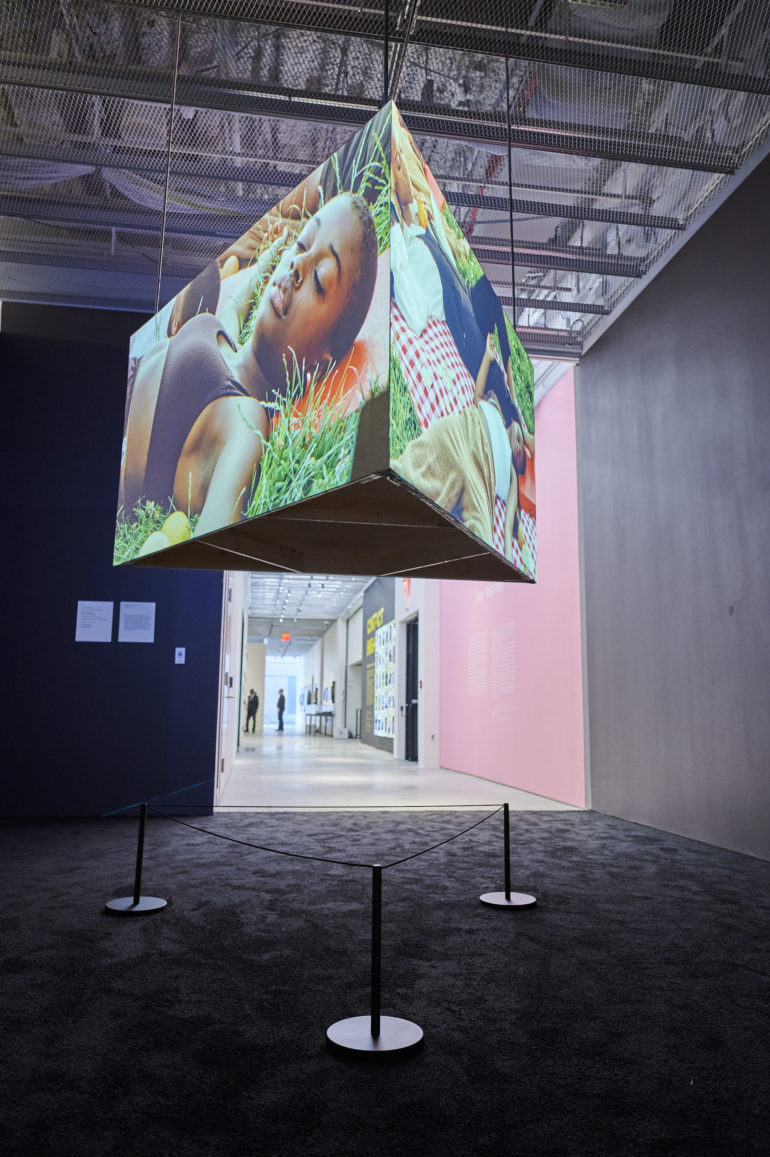
Currently on exhibit are five different shows, each of them unique and thought-provoking. The show-stealer is Contact High. I originally saw this exhibit in its infancy at the Hasselblad Experience Center. And it has grown enormous–including lots of Hip Hop’s history placed in interactive, innovative ways. Additionally, James Coupe’s exhibit embraces more of the medium of moving photography and deep fakes. It’s a very relevant and important topic that places people within the cult-classic film “The Warriors.” It’s fun if you’re just messing around in a lighthearted way, but when you really understand what’s going on, you’ll realize how terrifying it is. I stopped before my facial scan was complete. And quite frankly, that’s important–art should elicit some sort of feeling in you.
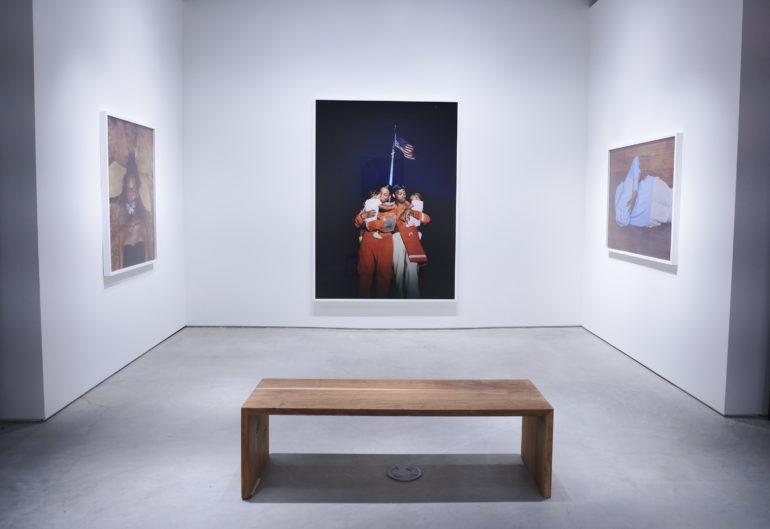
The other exhibits at ICP embrace more of the classic side of photography and will probably be more appealing to those who value history and tradition. I’m not as moved by them. One features the history of the LES, which I believe is something the local community board wanted. I don’t blame them.
The Design of the New ICP Is a Photographer’s Wonderland
Perhaps the best thing about the new ICP itself is the design of the space. During my media preview, there were three floors open. The first floor is an area for the shop and coat checks. ICP’s shop is bigger than ever and reminds me a bit of the indie bookstores that have unfortunately faded away in the past decade. When you’re done shopping, you’ll want to head upstairs. This can be done via elevator or the super long stairwell, which I hope gets more use. It has a divider for different lanes of traffic. People are bound to meet one another and take selfies together there. But I’d like to see ICP using it to showcase work from their students and for pop-up shows. It has fantastic lighting from ICP’s own lighting system and the massive glass windows.
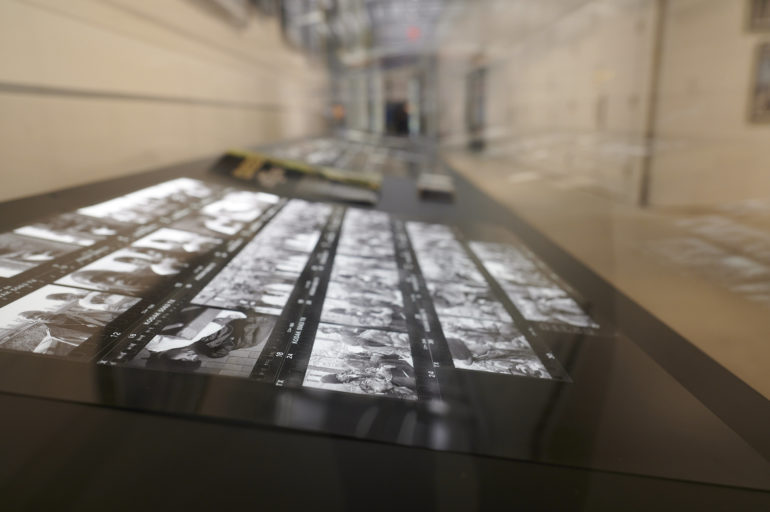
The second floor is a huge space that will house the ICP school and exhibits. The exhibits and the layout remind me a bit of MoMA. And you’ll be very happy with it. If you’ve been going to ICP for a long time, you will becomes overcome with feelings of being in a proper photo museum. The previous ICP spaces were good, but nothing compared to this. The various rooms allow you to peruse the exhibits at your own pace. ICP is bigger now, and I hope it will consistently have people coming through its doors.
The top floor is space for two other exhibits. One is more closed off while the other snakes around the back of the museum. The lighting on the work is very good–but not as impeccable as Fotografiska New York’s.
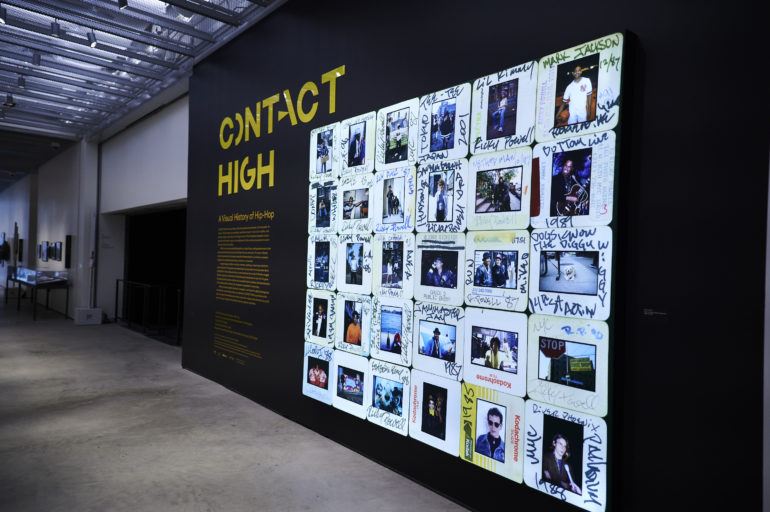
That Stairwell, and High Hopes
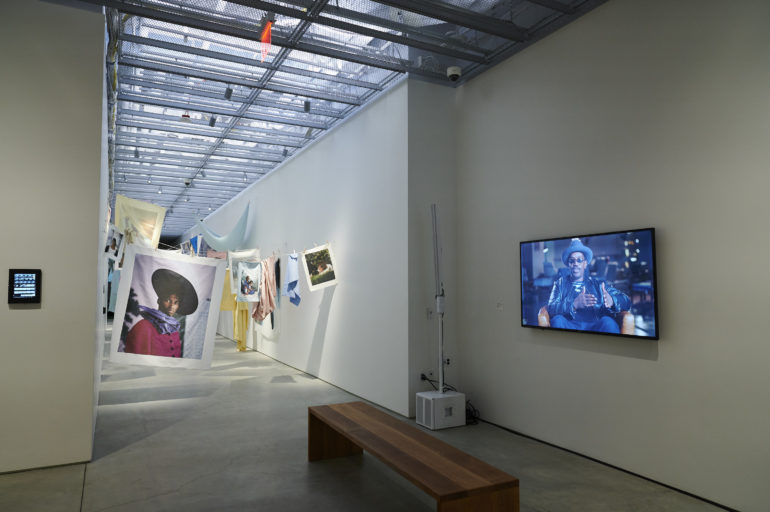
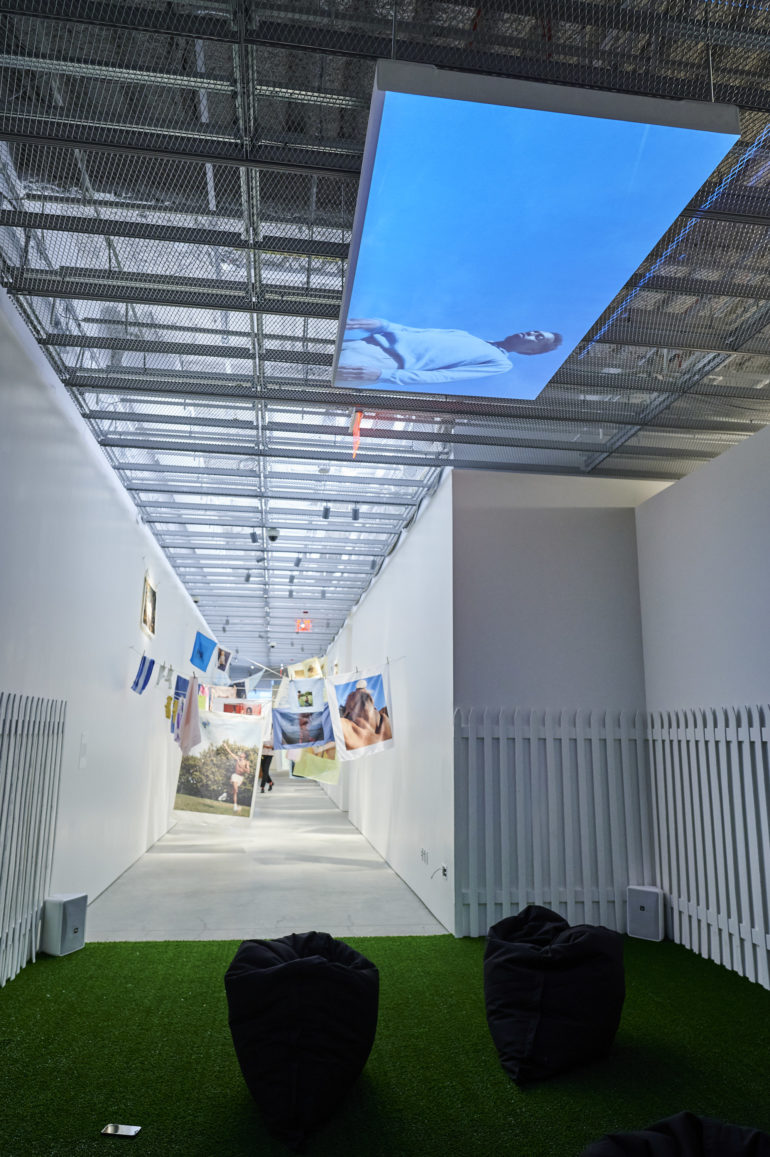
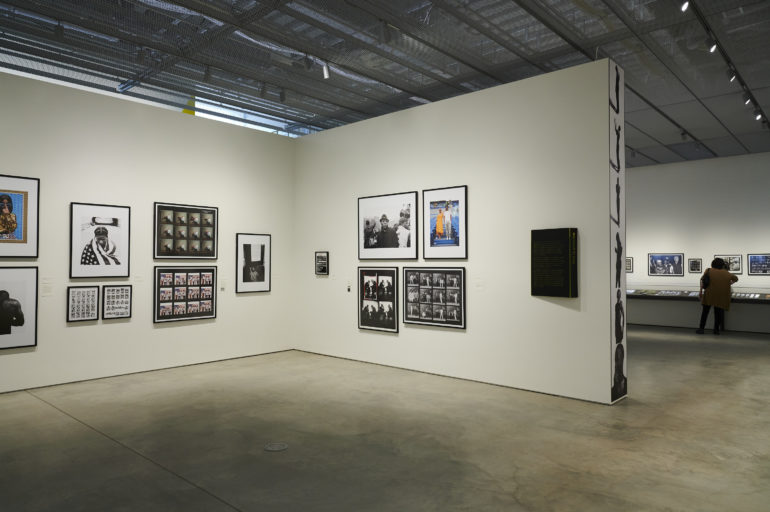
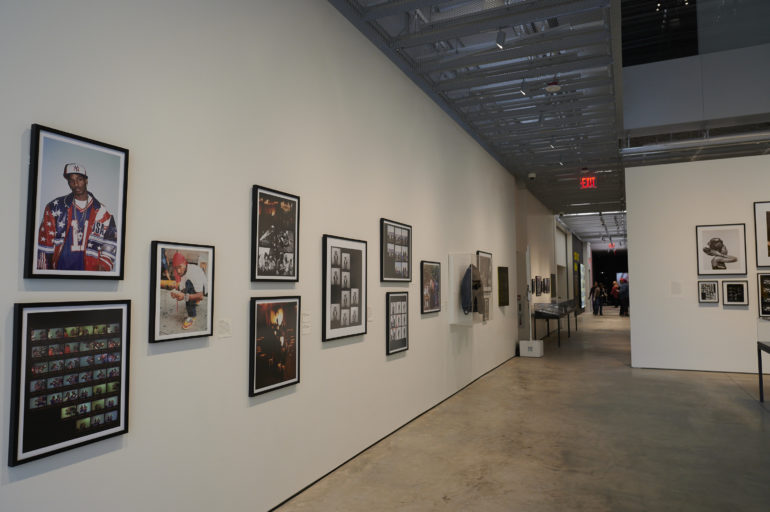
During my press preview, I was very impressed. I like to go through museums and galleries alone in order to be introspective and reflect on what’s in front of me, and not feel rushed. To that end, I hope ICP takes on Fotografiska’s philosophy of staying open until midnight. There’s nothing better than going to a photo museum at 8pm when everyone else is in a bar or getting ready to go out. Further, ICP could make use of not only a cafe but a bar/lounge area. With so much space and with museums like the Rubin, Guggenheim, MoMA, and BAM doing it, it’s bound to keep people there longer, and may also make people buy a membership.
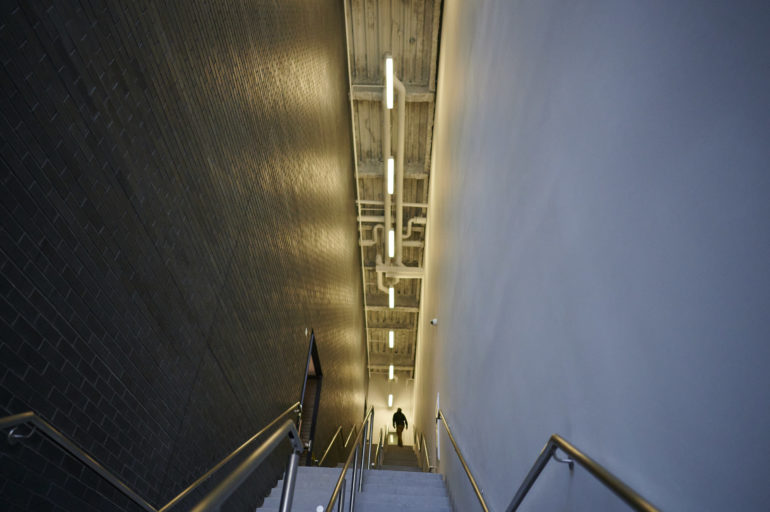
While I’m waxing poetically about Fotografiska’s advantages over ICP, I should be fair and let you all know where ICP has major advantages. ICP has always created exhibit spaces that feel more interactive and invite you to take part in what you see, evident with the Contact High exhibit and The Warriors. What’s more, ICP can feel more immersive–or at least a lot more personable. ICP arguably feels like a curator wanted you to become one with the experience rather than passively look at what’s around you. In that way, ICP emphasizes the experience while still also respecting the artists. ICP will also appeal more to the older soul with its style of framing and matting that isn’t as present at Fotografiska. Combined with the fact that they’ve finally gotten their lighting game semi-together, you’re going to be experiencing the photos in some of the best ways possible. It’s a far better viewing experience than what you get at MoMA, the Met, and other museums that don’t specialize in photography.
The new International Center of Photography opens up this weekend. And I strongly encourage everyone to go.


